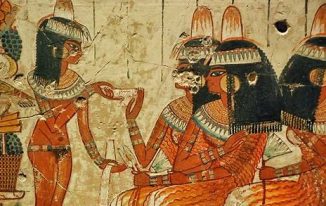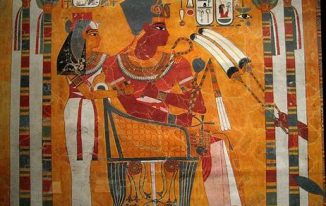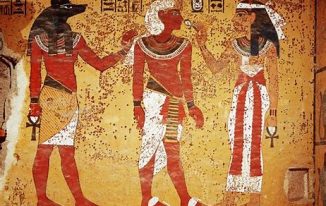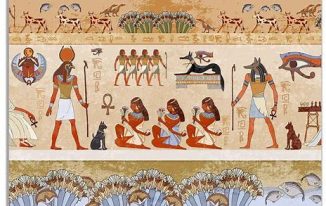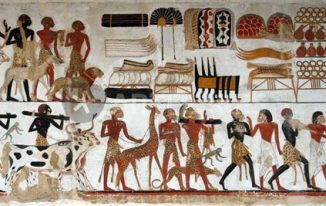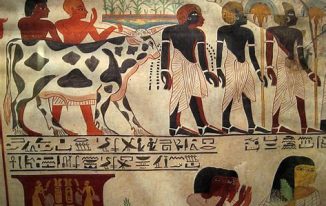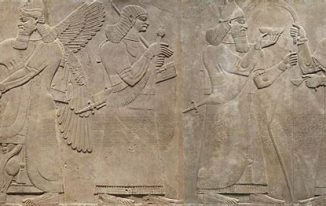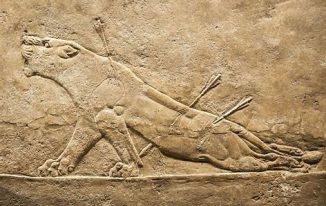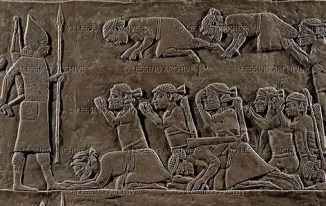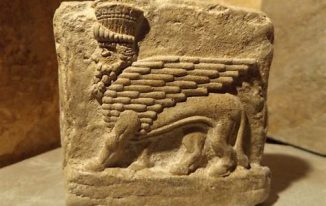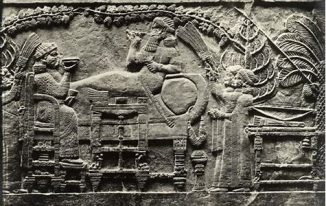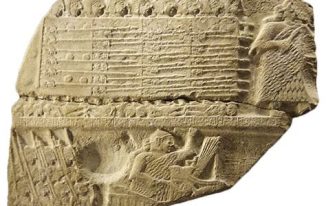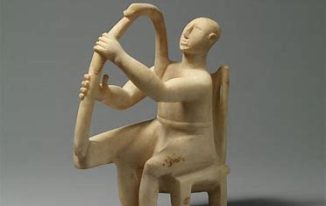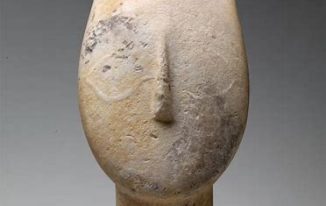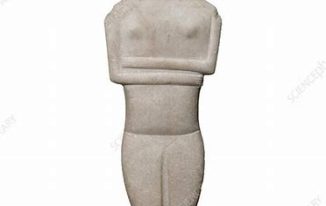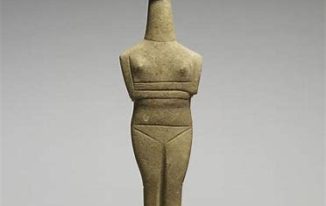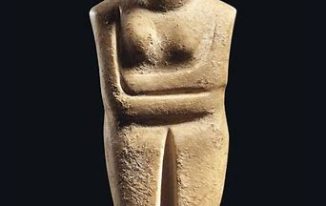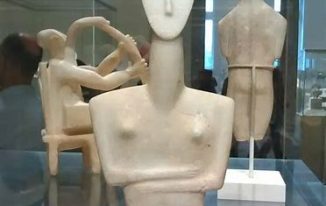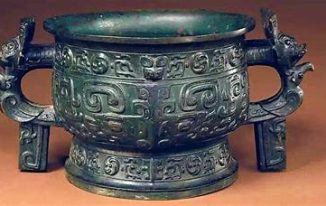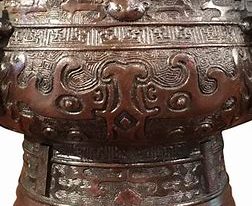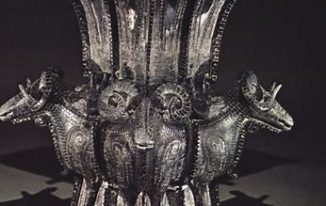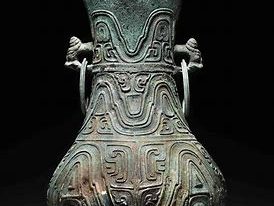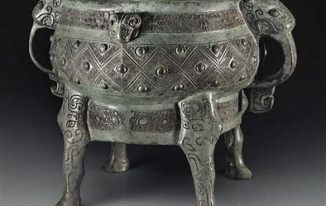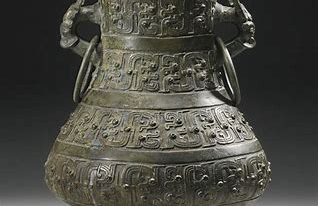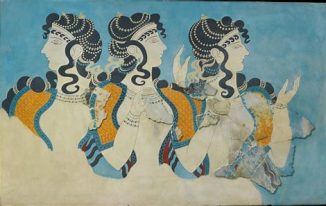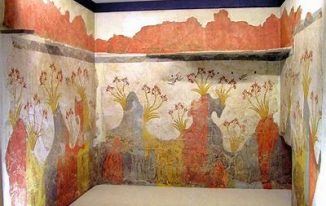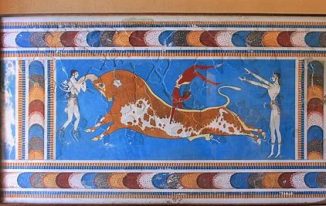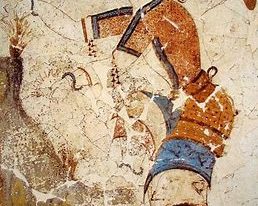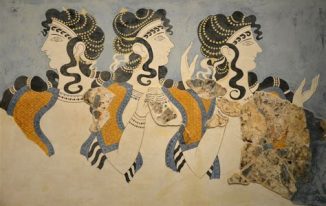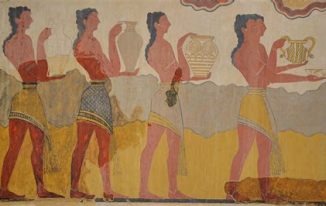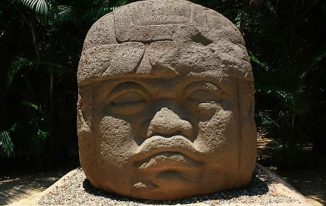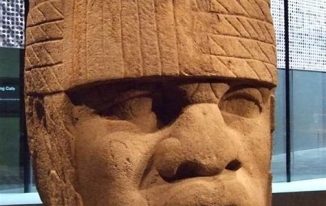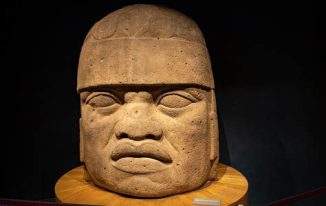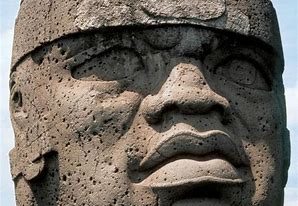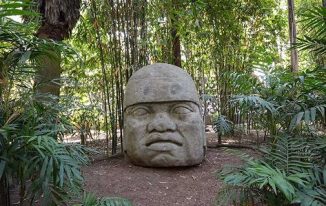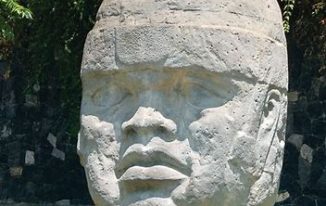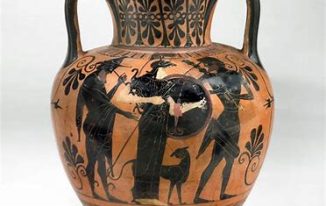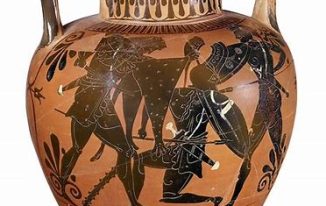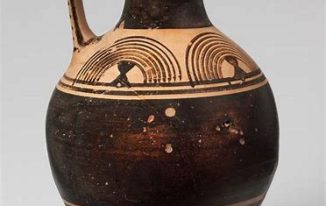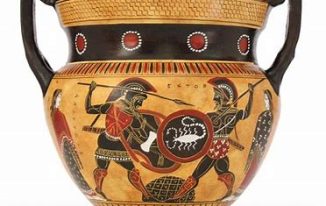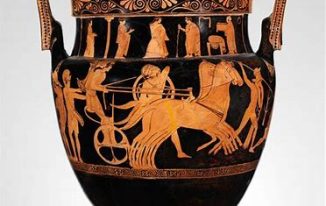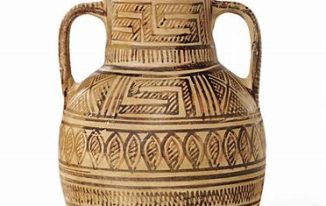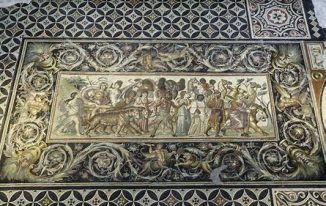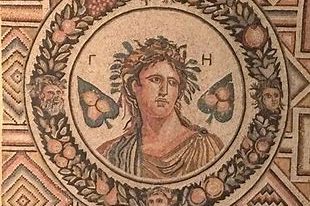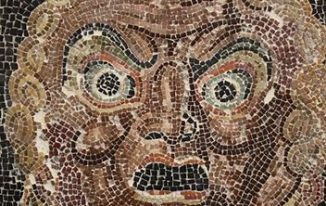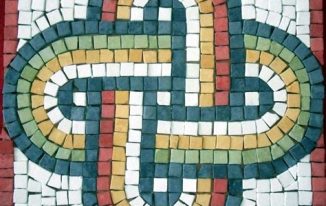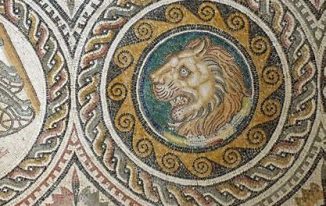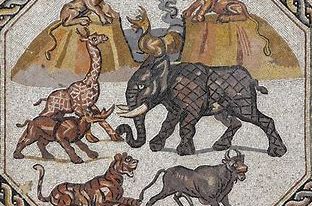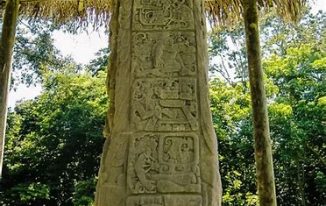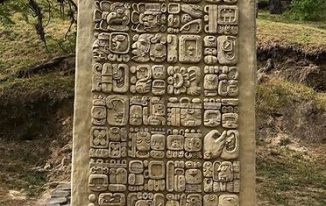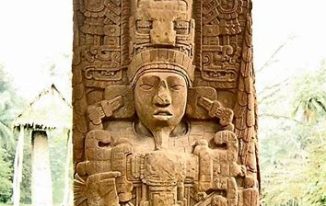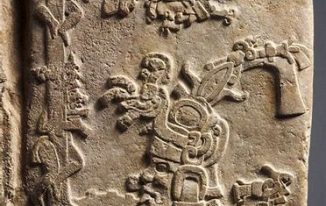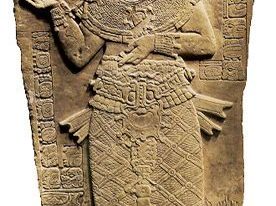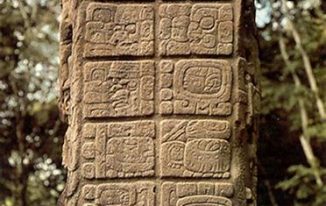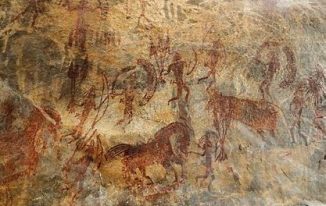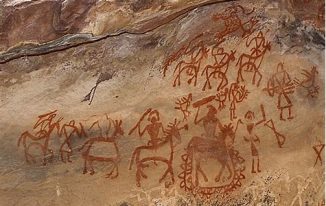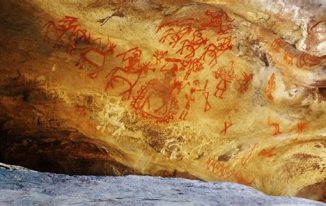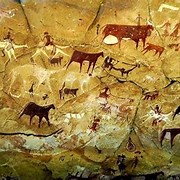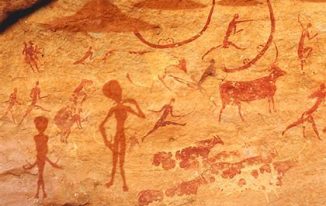Ancient artz represent humanity’s earliest expressions, capturing the beliefs, stories, and lifestyles of early civilizations. From the vivid Egyptian wall paintings to intricate Roman mosaics, each piece tells a unique story about the people who created it.
Advertisements
These artz—ranging from Cycladic marble figurines to Chinese bronze vessels—were not just decorative but deeply symbolic, often serving religious, ceremonial, or political purposes. By studying ancient artz, we gain insights into the cultural diversity, technological advancements, and evolving aesthetics of societies like the Mayans, Greeks, and Mesopotamians. Ultimately, ancient artz reflect humanity’s enduring drive to create, communicate, and connect across time
1. Egyptian Wall Paintings
Origins and Historical Context
Egyptian wall paintings, one of the oldest art forms, date back to around 3,000 BCE during the early dynastic period. Found primarily in tombs, temples, and palaces, they reflect the Egyptians’ deep religious beliefs, depicting deities, afterlife scenes, and royal narratives.
Advertisements
Artistic Techniques and Styles
Egyptian artists used a flat, two-dimensional style with vibrant colors made from natural minerals like ochre, malachite, and hematite. The figures were represented in a composite pose—heads and legs in profile, while the torso faced forward. This technique was symbolic, emphasizing the most recognizable parts of the body rather than realism.
Cultural Significance
Wall paintings served a spiritual purpose, often as “windows to the afterlife.” Scenes depicted offerings to gods, daily activities of the deceased, and journeys through the underworld. These paintings were considered magical, believed to help the deceased navigate the afterlife.
Legacy and Influence
Egyptian wall paintings laid the groundwork for later artistic traditions. Their detailed symbolism, use of perspective, and narrative function influenced Greek and Roman art, emphasizing art’s role in religious and social storytelling.
2. Mesopotamian Stone Reliefs
Origins and Historical Context
Emerging around 4,000 BCE, Mesopotamian stone reliefs were primarily created by Sumerians, Assyrians, and Babylonians. Found in palaces, temples, and gates, these reliefs were intended to celebrate royal achievements, gods, and military conquests.
Artistic Techniques and Styles
Crafted from limestone or alabaster, artists used a subtractive carving method to create detailed three-dimensional images. The subjects were often depicted in profile, emphasizing power and grandeur, particularly in royal and divine representations.
Cultural Significance
Stone reliefs acted as propaganda tools, showcasing the ruler’s power and divine favor. For example, the Assyrian reliefs often depicted kings hunting lions, symbolizing bravery, strength, and control over nature. They also had religious purposes, as they depicted gods protecting the kingdom.
Legacy and Influence
Mesopotamian reliefs significantly influenced later Near Eastern and Mediterranean art, particularly in their emphasis on royal imagery and narrative reliefs. They helped shape the tradition of using art as a political tool, setting a precedent for ancient empires.
3. Cycladic Marble Figurines
Origins and Historical Context
Cycladic marble figurines date back to the Early Bronze Age (around 3,200–2,000 BCE) in the Cycladic Islands of the Aegean Sea. These abstract, minimalist sculptures are among the earliest representations of the human form in Greek art.
Artistic Techniques and Styles
Made from white marble, these figurines exhibit a stylized, geometric form with folded arms and minimal facial features, except for a prominent nose. The sculptures were often painted with pigments to add details such as eyes, hair, and jewelry.
Cultural Significance
While their exact purpose remains uncertain, Cycladic figurines are believed to have had religious, funerary, or votive significance, possibly representing goddesses or ancestors. They were typically found in graves, suggesting a connection to rituals or the afterlife.
Legacy and Influence
The abstraction and simplicity of Cycladic art influenced modern artists like Picasso and Modigliani, illustrating how ancient art can inspire contemporary movements. Cycladic figurines also contributed to the later development of Greek sculpture, emphasizing form and stylization.
4. Chinese Bronze Vessels
Origins and Historical Context
Chinese bronze vessels, dating back to the Shang (c. 1600–1046 BCE) and Zhou (c. 1046–256 BCE) dynasties, were essential to Chinese ritual culture. They were used for offerings, feasting, and sacrifices in ancestral rites, reflecting early Chinese religious and political systems.
Artistic Techniques and Styles
The vessels were created using the piece-mold casting technique, enabling complex designs with intricate patterns. Many vessels feature Taotie motifs—mysterious, stylized faces thought to represent mythological creatures or protective spirits.
Cultural Significance
These vessels were symbols of power and prestige, often inscribed with dedications to ancestors. They played a central role in Confucian rituals, embodying the importance of ancestor worship in early Chinese society.
Legacy and Influence
Chinese bronze craftsmanship set high standards for metalworking techniques and ceremonial art in East Asia. The symbolism and motifs of these vessels continued to influence Chinese art and culture for centuries.
5. Minoan Frescoes
Origins and Historical Context
The Minoan civilization of Crete, flourishing around 2,000–1,450 BCE, is famous for its vibrant frescoes. These paintings adorned palace walls, including those in Knossos, Phaistos, and Akrotiri, offering a glimpse into Minoan society, nature, and religion.
Artistic Techniques and Styles
Minoan artists used a true fresco technique, painting on wet plaster to ensure longevity. The frescoes are noted for their fluid lines, vivid colors, and naturalistic depictions of marine life, floral motifs, and human figures in dynamic motion.
Cultural Significance
Minoan frescoes often depict religious ceremonies, athletic competitions, and everyday life, indicating a society that valued both ritual and leisure. Notable examples include the “Dolphin Fresco” and the “Bull-Leaping Fresco,” both symbolic of Minoan beliefs and nature worship.
Legacy and Influence
Minoan frescoes influenced later Greek art, particularly in their focus on natural themes and dynamic figures. They also offer insights into Aegean culture, emphasizing the importance of art in communicating social and religious ideas.
6. Olmec Colossal Heads
Origins and Historical Context
The Olmec civilization (c. 1,200–400 BCE), one of the earliest in Mesoamerica, is renowned for its colossal stone heads, often associated with rulers or elite warriors. These monumental sculptures were found primarily in San Lorenzo and La Venta.
Artistic Techniques and Styles
Carved from basalt boulders, the heads measure up to 3 meters high and weigh several tons. Each head is distinct, featuring unique facial expressions, headdresses, and other details that suggest individual portraits.
Cultural Significance
The colossal heads are believed to represent rulers or possibly warriors, symbolizing power and authority. Their creation and transport, despite the lack of advanced tools, highlight the Olmec’s ingenuity and societal organization.
Legacy and Influence
The Olmec heads are considered a foundational aspect of Mesoamerican art, influencing later civilizations like the Maya and Aztec in terms of scale, craftsmanship, and symbolism in public art.
7. Greek Pottery
Origins and Historical Context
Greek pottery, spanning from the Geometric period (c. 900 BCE) to the Hellenistic era (c. 31 BCE), offers detailed insights into Greek life, myth, and history. These vessels were used for storage, drinking, and ceremonial purposes.
Artistic Techniques and Styles
Greek pottery is characterized by distinctive styles: Geometric patterns, Black-Figure, and Red-Figure painting. The artists achieved remarkable detail, particularly in Red-Figure vases, which allowed more freedom in rendering complex scenes.
Cultural Significance
Greek vases often depicted myths, daily life, and athletic events, serving both utilitarian and storytelling functions. They were significant in religious ceremonies, used in libations and funerary rituals.
Legacy and Influence
Greek pottery set a standard for ceramic artz and historical documentation, influencing Roman and later Western art, particularly in terms of narrative storytelling and stylized figures.
8. Roman Mosaics
Origins and Historical Context
Roman mosaics, prominent from around 200 BCE to 500 CE, adorned public buildings, villas, and baths. They often depicted mythological scenes, landscapes, and portraits, reflecting Roman society’s values and aesthetics.
Artistic Techniques and Styles
Mosaics were made from tesserae—small stones, glass, or tiles—arranged to create detailed images. Roman artists used shading and perspective to add depth, making scenes appear realistic.
Cultural Significance
Mosaics were symbols of wealth and taste, often showcasing the owner’s education and status. Common themes included scenes from Roman myths, gladiatorial games, and representations of the gods.
Legacy and Influence
Roman mosaics influenced Byzantine art and continued to shape Western art, particularly in public and religious architecture, emphasizing the use of art in both personal and communal spaces.
9. Mayan Stelae
Origins and Historical Context
Mayan stelae, erected between 250–900 CE, are large stone monuments found in cities like Tikal, Copán, and Palenque. These stelae commemorated kings, historical events, and religious ceremonies.
Artistic Techniques and Styles
The stelae were intricately carved with images of rulers, hieroglyphic texts, and symbolic motifs. They featured Mayan rulers in regal attire, often accompanied by deities or supernatural elements.
Cultural Significance
Mayan stelae served as public records, documenting royal achievements, wars, and ceremonial dates. They reinforced the authority of the ruling elite and were often aligned with celestial events, reflecting the Mayans’ advanced knowledge of astronomy.
Legacy and Influence
The tradition of erecting stelae was influential in Mesoamerican culture, extending to the Aztecs and beyond. The Mayan stelae remain vital to understanding ancient Mesoamerican history and political structures.
10. Indian Cave Paintings
Origins and Historical Context
Indian cave paintings, particularly those found in the Ajanta and Ellora caves (c. 2nd century BCE to 6th century CE), are among the oldest surviving examples of Indian art. They primarily depict Buddhist themes, illustrating tales from the Jataka stories.
Artistic Techniques and Styles
The cave paintings were created using natural pigments, depicting figures in graceful poses with expressive gestures and ornate details. The compositions are characterized by vivid colors and a focus on narrative storytelling.
Cultural Significance
The paintings were integral to Buddhist monastic life, serving as visual aids for meditation and spiritual instruction. They also offer insights into ancient Indian society, attire, and daily life.
Legacy and Influence
Indian cave paintings influenced later mural traditions across South and Southeast Asia, emphasizing narrative art in religious settings and illustrating India’s rich artistic heritage.
These ancient art forms not only represent the creative prowess of early civilizations but also serve as vital links to our shared human history. From Egyptian tombs to Indian caves, each piece carries stories of the past, illustrating humanity’s enduring quest to understand and express the world around us.

